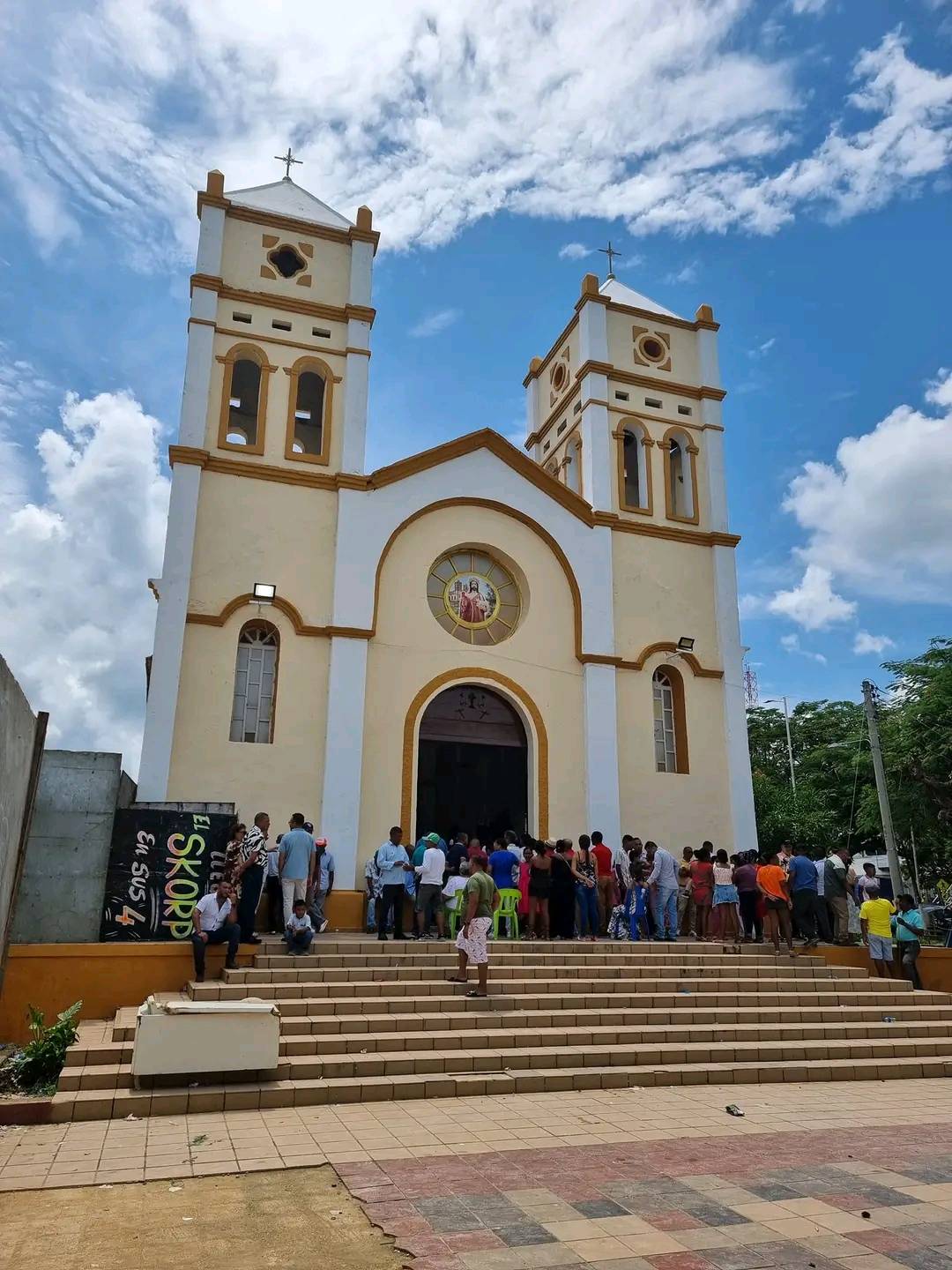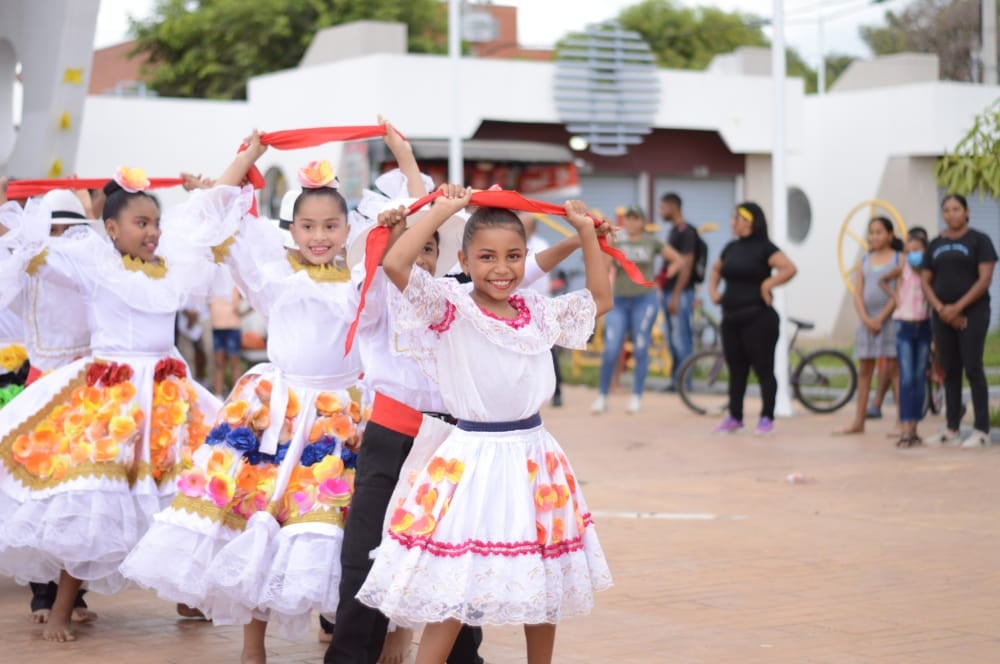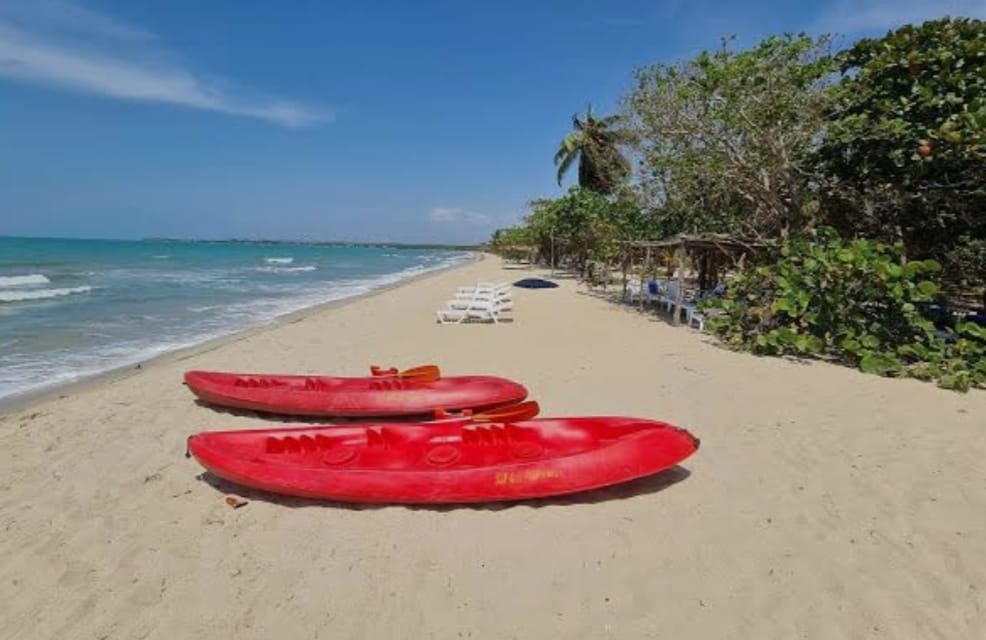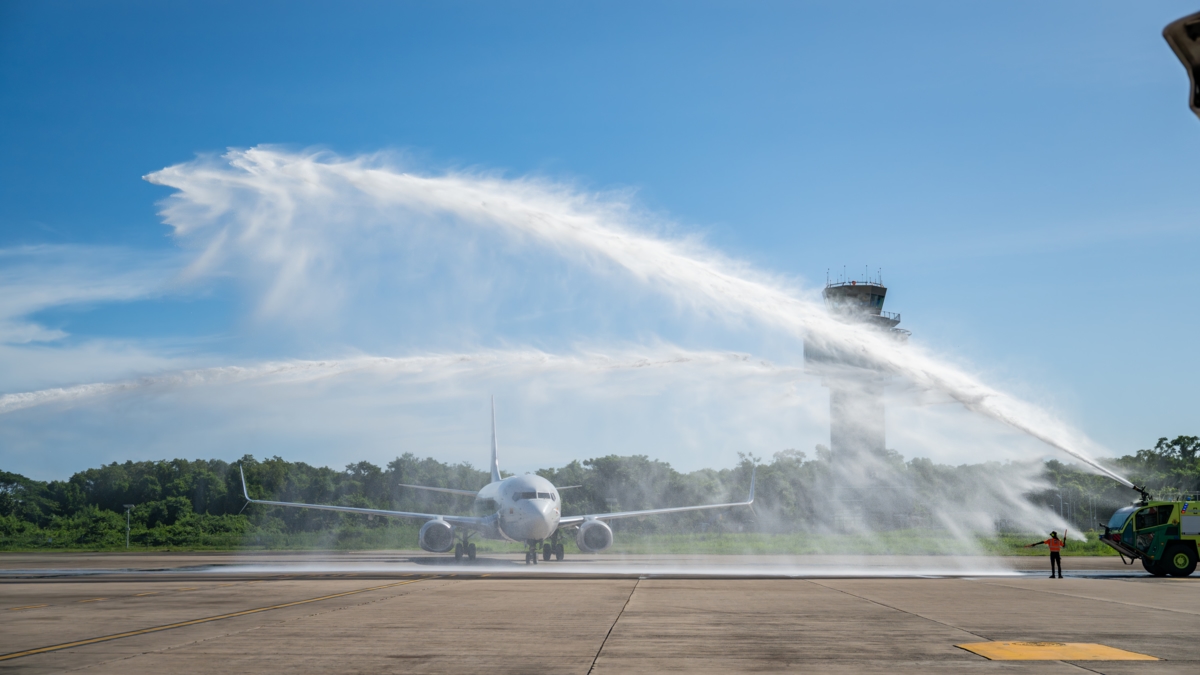The Colombian Caribbean is a key player in emerging tourism: new destinations debut on Airbnb, attracting travelers from around the world.

The Colombian Caribbean continues to consolidate its position as one of the most diverse and attractive regions for national and international tourism. Several municipalities in the region debuted on the Airbnb platform as new destinations, receiving their first reservations, marking a milestone in the expansion of tourism beyond traditional cities.
This phenomenon not only highlights little-explored corners of the Caribbean, but also responds to travelers' interest in authentic experiences that are close to the local culture. According to information provided by the platform, a large portion of the reservations are from Colombians who decided to discover destinations outside the more well-known routes.
The commitment to tourism diversification in these Caribbean municipalities promises to boost the local economy, strengthen cultural identity , and offer opportunities for entrepreneurs and hosts who see tourism as a path to progress.
Villanueva, Bolívar: land of music and tradition
Villanueva, Bolívar. Photo: Villanueva City Hall
One of the places that debuted on Airbnb is Villanueva, Bolívar, known for its musical heritage linked to vallenato. This municipality has been the birthplace of important composers and has become a meeting point for those who enjoy local parties and festivals.
Beyond music, Villanueva also offers visitors a gastronomic journey with typical Caribbean dishes, warm hospitality, and rural landscapes that invite relaxation. Its inclusion as a tourist destination on digital platforms paves the way for greater national and international recognition.
With each reservation, travelers not only gain access to unique cultural experiences, but also contribute to the economic development of a population that has managed to keep its roots alive.
Chiriguaná, Cesar: essence of the inland Caribbean
Chiriguaná, Cesar. Photo: Chiriguaná Mayor's Office.
In the heart of Cesar lies Chiriguaná, another destination that debuted this year. Known for its agricultural tradition, this municipality reflects the richness of the inland Caribbean , where the countryside, music, and popular festivals are the main attractions.
Local celebrations, which blend native rhythms and cultural expressions, are a magnet for those seeking to experience the Caribbean differently. At the same time, its rural landscapes, the crops that drive the economy, and the warmth of its people make for an unforgettable experience.
Chiriguaná's inclusion on the digital tourism map also represents an opportunity for the region to strengthen its presence in sectors such as agrotourism and cultural tourism, which are increasingly sought after by travelers seeking authentic experiences.
Sucre: San Juan de Betulia and Ovejas
Tourists find the tranquility of the sea and the surroundings in Balsillas. Photo: Social media
The department of Sucre also played a leading role with the inclusion of two municipalities: San Juan de Betulia and Ovejas. Both have gained recognition for their cultural richness, where music and rural traditions are fundamental pillars of daily life.
In Ovejas, for example, history and tradition are imbued through the National Gaitas Festival, one of the most important cultural events in the Colombian Caribbean. This gathering has positioned the municipality as the guardian of one of the country's oldest and most authentic musical expressions.
San Juan de Betulia, for its part, combines its rural landscape with a community that preserves its customs and offers a window into community tourism, where visitors can integrate into local dynamics.
A Caribbean that reinvents itself with each reservation 
Caribbean Photo: iStock
The listing of Villanueva, Chiriguaná, San Juan de Betulia, and Ovejas on Airbnb confirms the growing interest in emerging destinations in the Colombian Caribbean. Each of these municipalities offers a distinct identity: from the birthplace of vallenato composers to the towns that protect the gaita or the farming communities of the interior.
The rise of these areas also represents a challenge: strengthening infrastructure, ensuring responsible tourism practices , and providing conditions so that local communities are the primary beneficiaries.
What's at stake is not just the arrival of visitors, but the possibility of tourism becoming an engine of sustainable development for the region. In 2025, the Caribbean demonstrated that beyond traditional beaches, there is a diverse, vibrant territory ready to be discovered by the world.
This video may interest you: eltiempo




